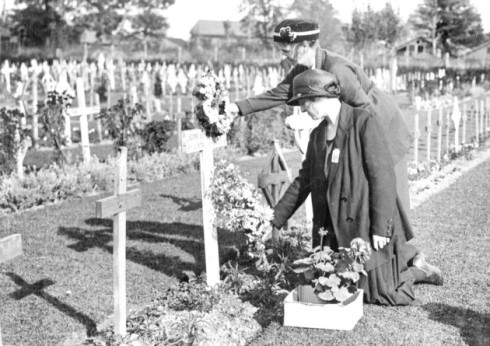
Women laying flowers in a war cemetery after the First World War. Source: East Anglian Daily Times, 30 March 2014.
As Anzac Day 2016 fast approaches, and thousands of Australians make the long journey to the beaches of Gallipoli, it is timely to remember the Battlefields and War Graves Pilgrimage of 1929. This was the first large-scale, organised visit of Australians to the former theatres of war in Turkey, the Middle East and the Western Front.
Before this time bereaved individuals and family groups, desperate to see the final resting place of a loved one, had made the long and difficult journey alone. However the challenges of distance and cost were prohibitive and precluded many from this form of commemoration.
Two documents concerning a proposed 1928 pilgrimage were recently found tucked away in a letter book of the Anzac Day Commemoration Committee, the records of which are held in the John Oxley Library. The pilgrimage of 1928 never eventuated, although the basic format and itinerary for the trip were reflected in the 1929 tour.
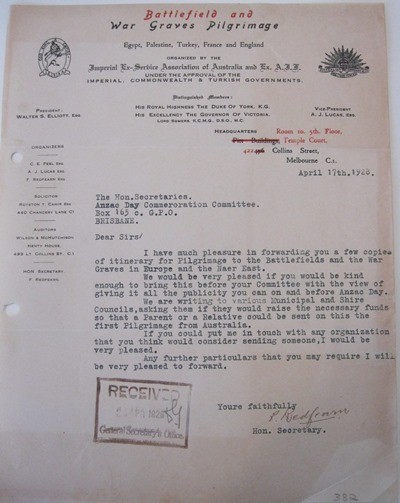
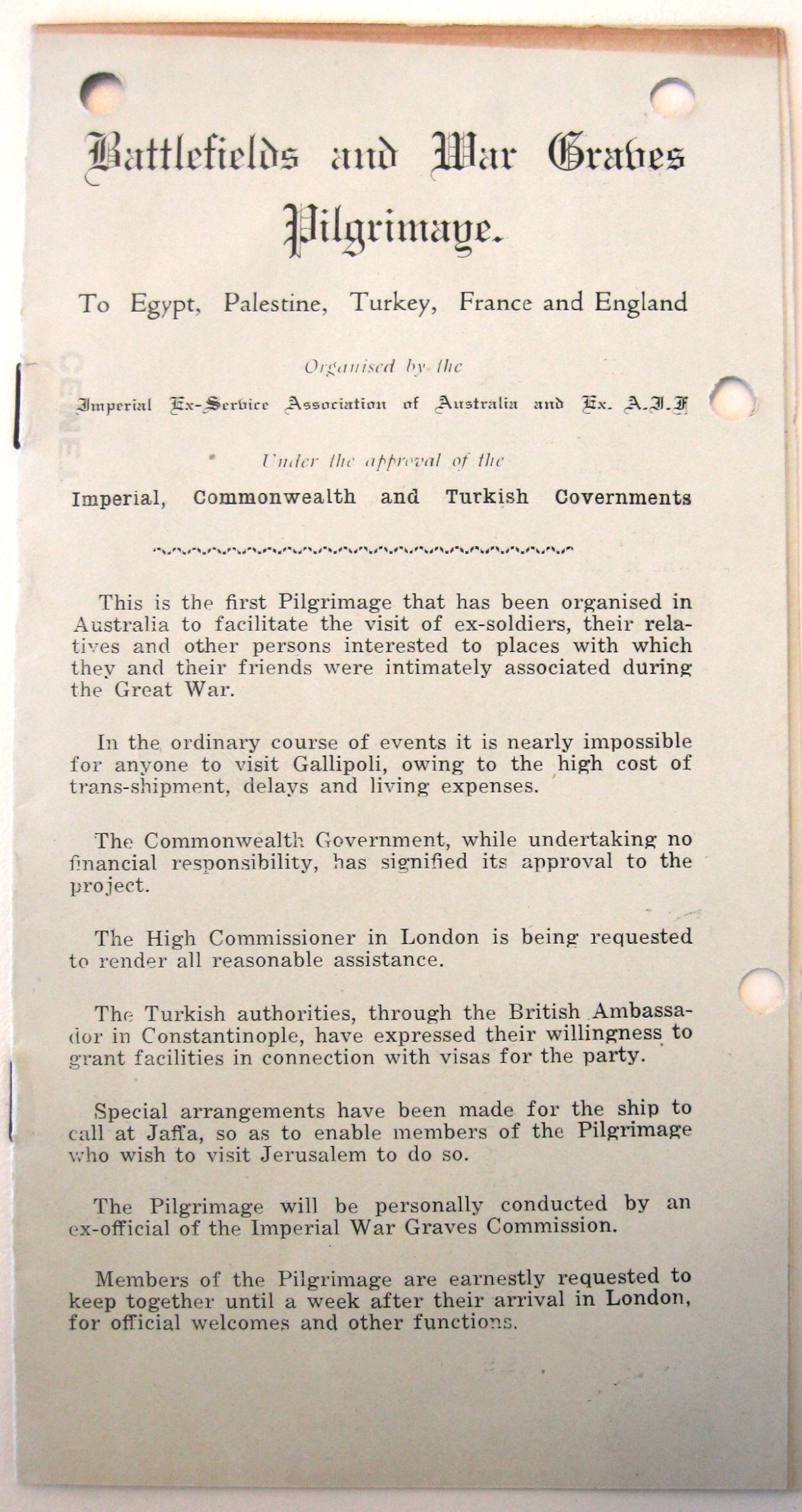
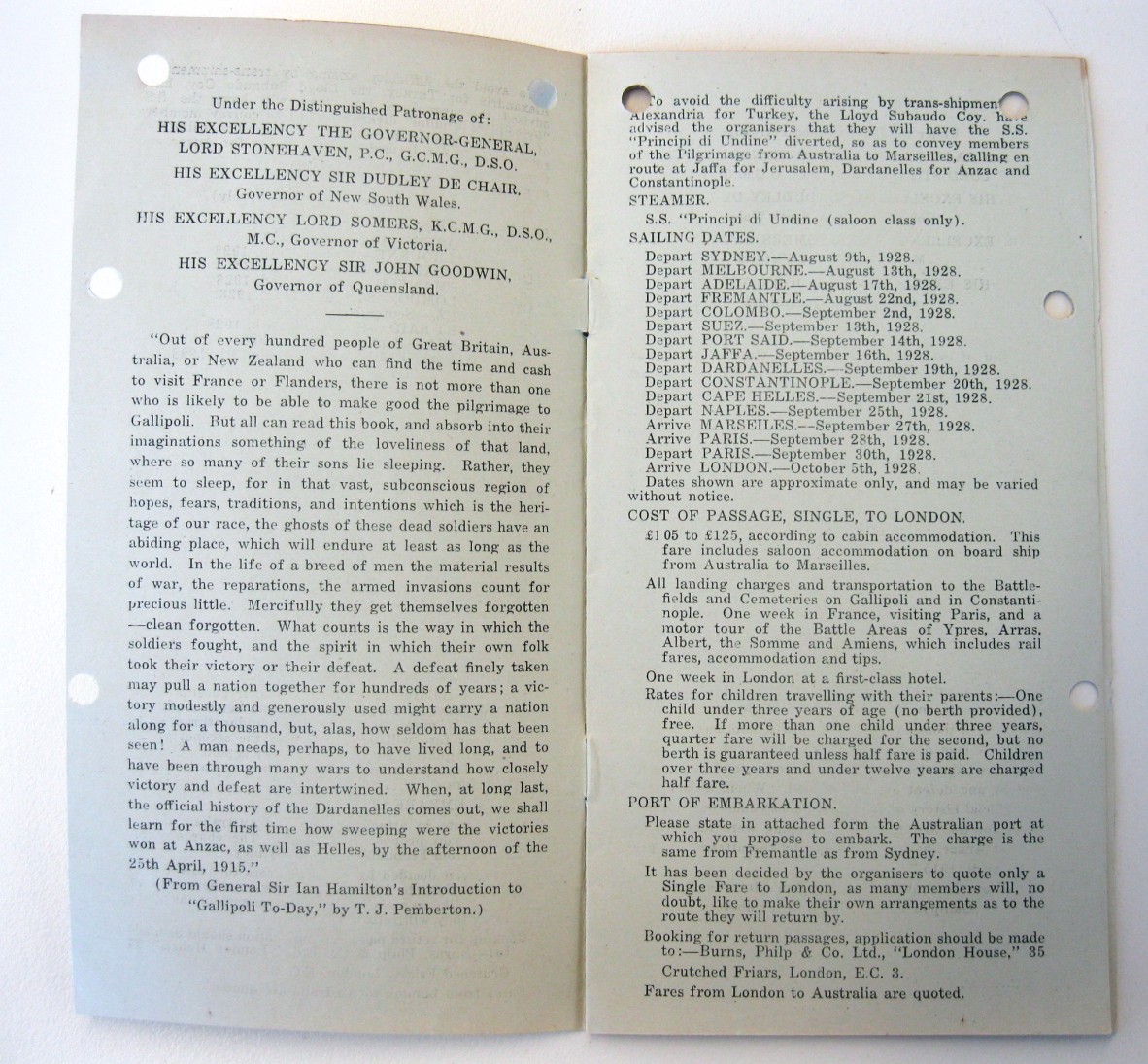
The 1929 pilgrimage was organised by a private individual, Charles Peel, and two small ex-servicemen's groups, the Association of Returned Sailors' and Soldiers' Clubs of New South Wales, and the Imperial Ex-Servicemen's Association. Total cost of the journey was £230 - a huge amount of money at the time - and applications to join the tour were taken by Burns, Philp & Co.
The final group of pilgrims comprised 48 women and 38 men and included bereaved relatives, ex-soldiers, and several nurses who had served during the war.
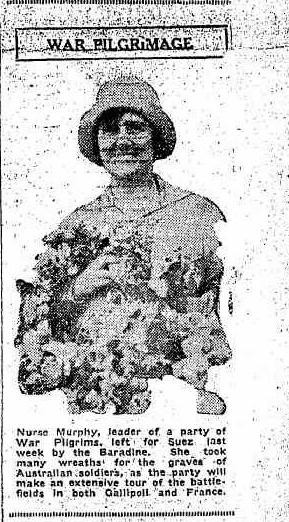
Nurse Annette Mary Murphy, one of the War Graves Pilgrims of 1929. Rockhampton Evening News, 11 June 1929, p.1.
They embarked from Melbourne on the 10th June 1929 on the P & O liner, Baradine, which became known as the "Gallipoli Ship". The pilgrims carried with them thousands of sprigs of artificial wattle, which had been purchased by bereaved relatives in Australia who were unable to undertake the long and expensive voyage. The sprigs of wattle were later laid on the graves and memorials of fallen soldiers, thus enabling the absent mourners to participate in the pilgrimage from afar.
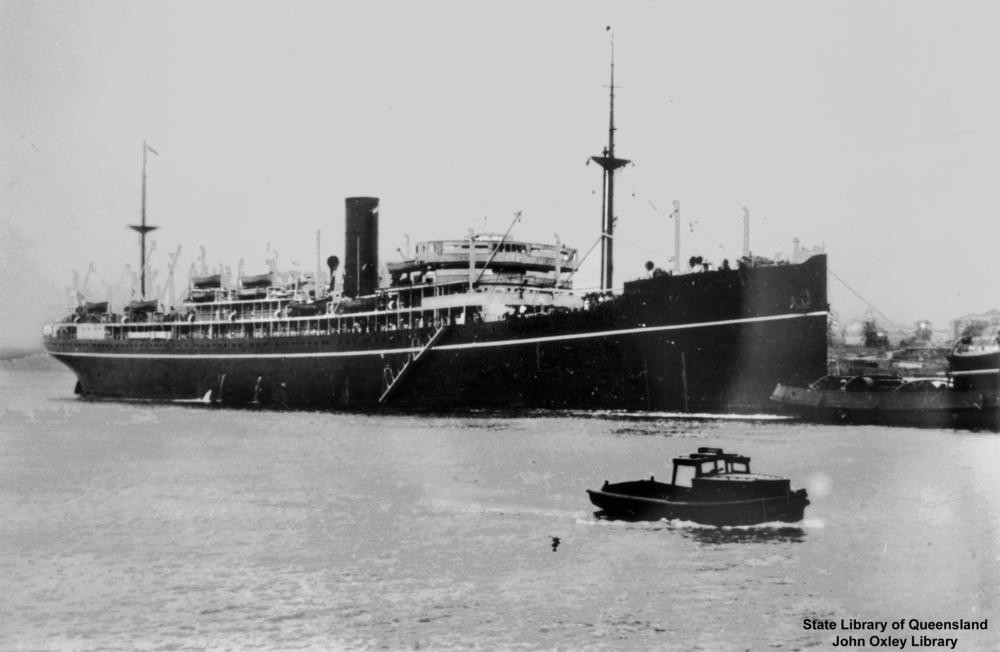
Baradine. John Oxley Library, Negative No. 65990.
An account of the pilgrimage appears in the Albany Advertiser (Western Australia), 14 December, 1929, in an article which discusses a lecture and slide show presented by Mr W.J. Day, who was a member of the tour group. According to this article the pilgrims initially arrived at Suez in north-eastern Egypt and then travelled by train to the Egyptian capital of Cairo where a service was held in the British Cemetery where many Australian soldiers are buried. Afterwards the pilgrims, including all of the ladies, enjoyed a camel ride around the pyramids and the sphinx. They next journeyed by train to Port Said and immediately boarded the French liner Angkor to travel to Palestine and tour the Holy Land.
The next destination was Turkey. The party was driven to the Lone Pine Memorial Cemetery where an impressive service was held and wreathes were laid. After next visiting Greece the pilgrims travelled to France to tour the battlefields and graveyards of the Somme, including Villiers Bretonneau, the Australian Memorial at Pozieres , Mouquet Farm, and Hamel. Next on the agenda was a tour of the battlefields of Belgium, before crossing to London and touring England and Scotland for three weeks.
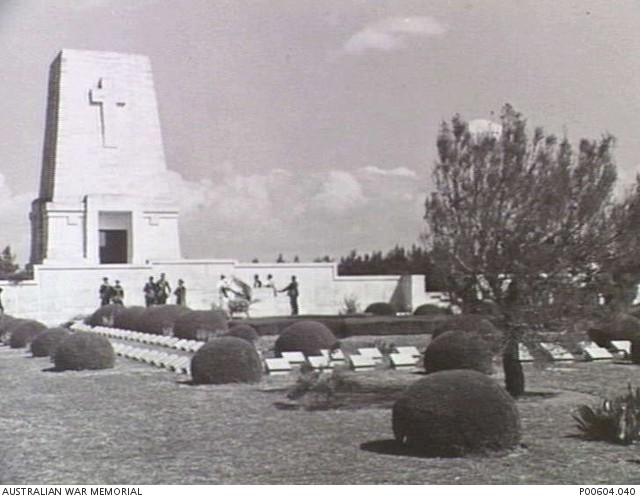
Lone Pine Cemetery and Memorial at Gallipoli. Australian War Memorial, ID No. P00604.040.
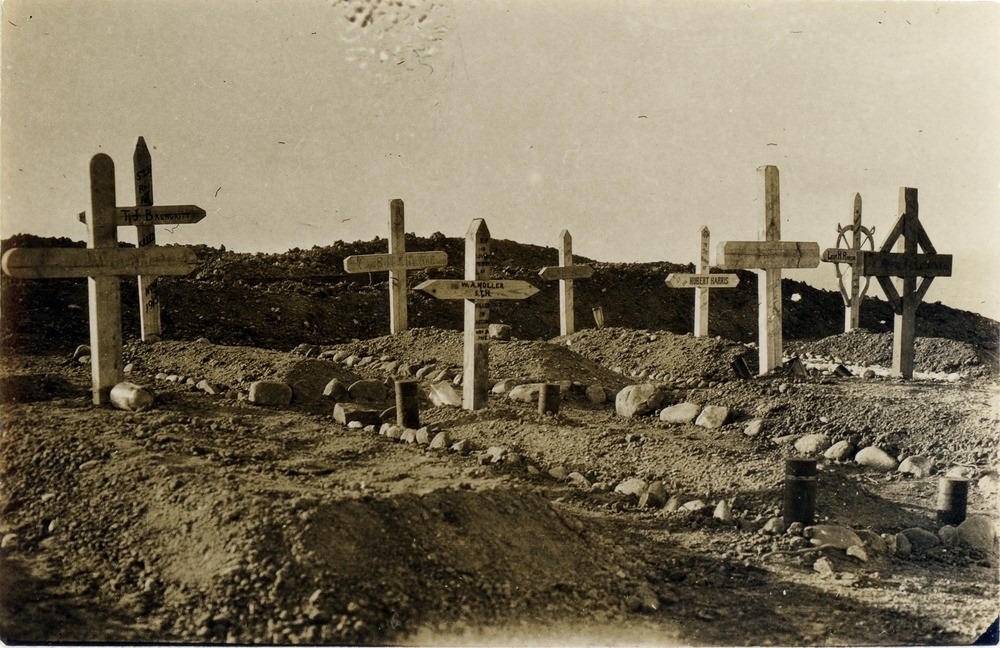
Burial plots at Shell Green Cemetery, Gallipoli. John Oxley Library, Image No. 27331-3016-0074.
Further pilgrimages were planned in Australia in subsequent years, yet none attracted the public attention or numbers of the first tour of 1929, in which the chosen few carried the bereavement and longing of a nation still in mourning for the immense losses of the Great War.
The two books below, which are held in the State Library of Queensland collections, provide an in-depth analysis of this topic.
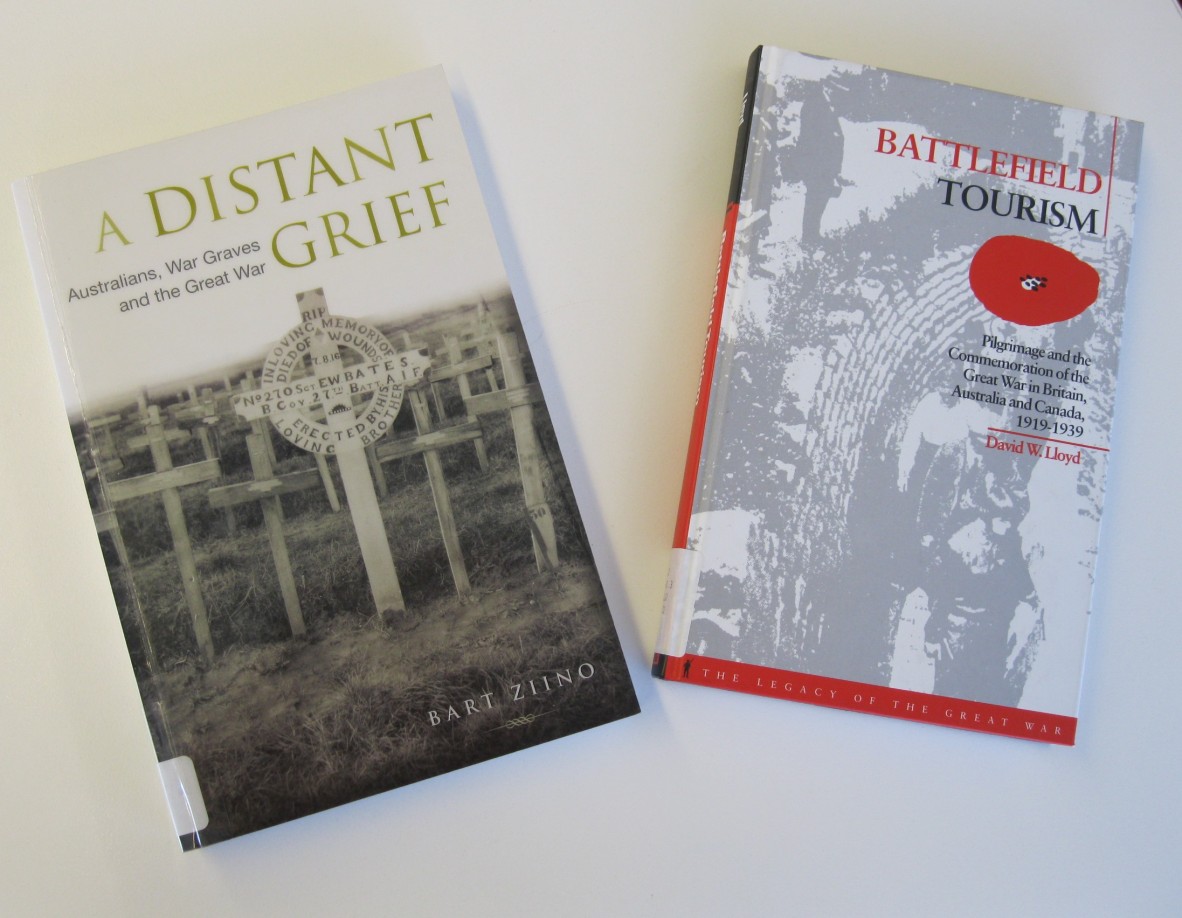
Lloyd, David W., Battlefield Tourism: pilgrimage and commemoration of the Great War in Britain, Australia and Canada, 1919-1939, Oxford, United Kingdom: Berg, 1998. (John Oxley Library, Call No. J940.3 LLO)
Zino, Bart, A Distant Grief: Australians, war graves and the Great War, Crawley, Western Australia: University of Western Australia Press, 2007. (State Library of Queensland, Call No. 940.465562 2007)
Lynn Meyers, QANZAC100, Content Curator
Comments
Your email address will not be published.
We welcome relevant, respectful comments.